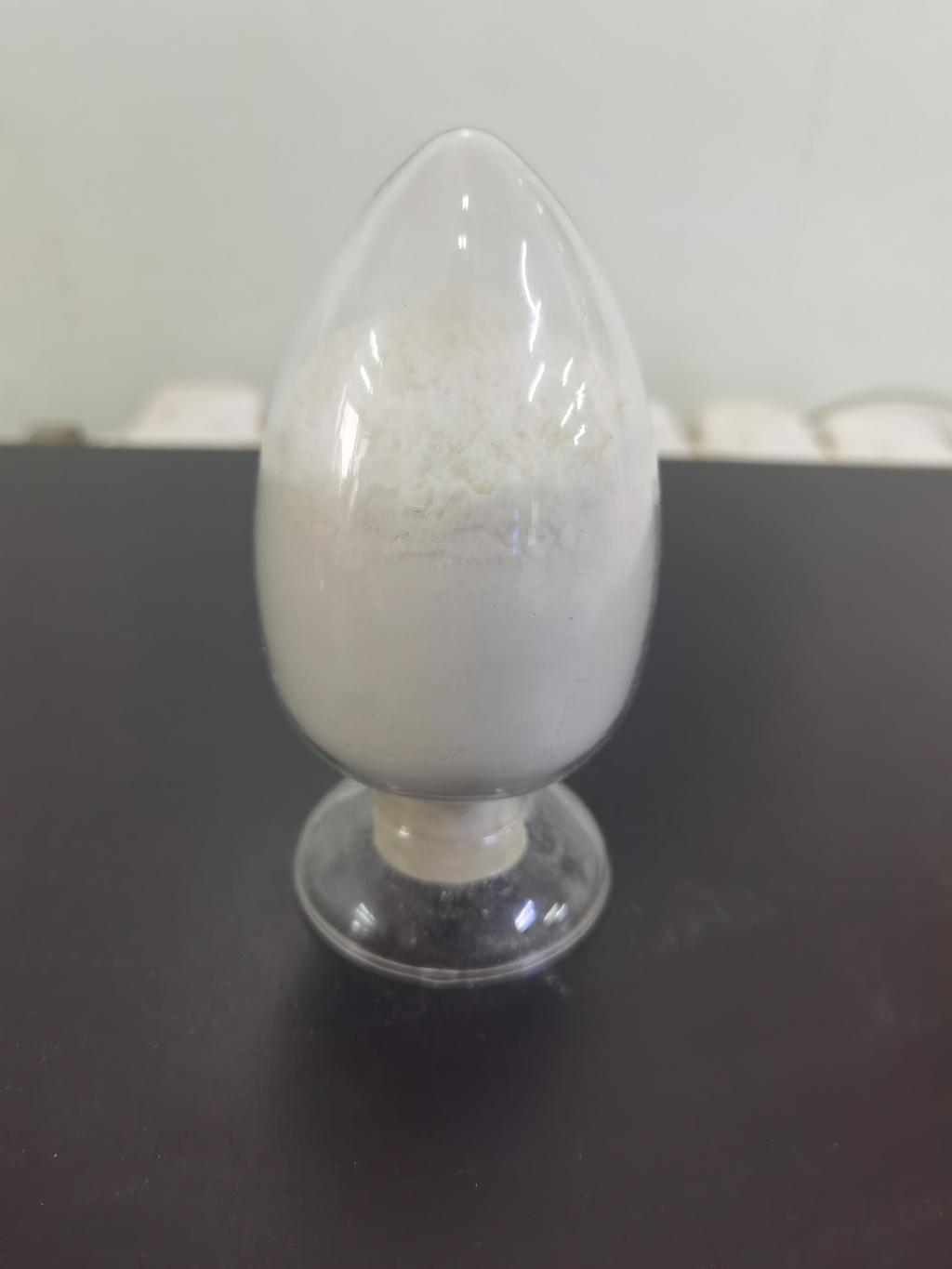Tel:+8618231198596

News
 CONTACT
CONTACT
 CONTACT
CONTACT
- Linkman:Linda Yao
- Tel: +8618231198596
- Email:linda.yao@dcpharma.cn
- Linkman:CHARLES.WANG
- Department:Overseas
- Tel: 0086 0311-85537378 0086 0311-85539701
News
ε-Polylysine Hydrochloride Factory Sell: Collaborative Pathways to Improve Food Traceability.
TIME:2023-10-17
Consumer Safety: Rapid identification of the source of contamination or foodborne outbreaks allows for targeted recalls, reducing harm to consumers.
Quality Control: Traceability enables producers to maintain product quality and consistency, ensuring compliance with safety and quality standards.
Regulatory Compliance: Meeting food safety regulations and demonstrating compliance is facilitated through effective traceability systems.
Market Access: Traceability is often a requirement for access to international markets and trade agreements, ensuring global food safety standards are met.
Consumer Confidence: Transparent traceability systems build trust with consumers, who increasingly seek information on product origins, sustainability, and ethical sourcing.
ε-Polylysine Hydrochloride's Role in Food Traceability
ε-Polylysine hydrochloride, often referred to as ε-Polylysine, is a naturally derived biodegradable polymer with unique properties that make it a valuable contributor to food traceability:
Biocompatibility: ε-Polylysine is safe for use in food products and does not pose health risks to consumers, making it an ideal marker for traceability.
Clean Labeling: As a natural antimicrobial agent, ε-Polylysine aligns with the clean label movement, which advocates for transparent and recognizable ingredients in food products.
Biodegradability: ε-Polylysine is biodegradable, minimizing long-term environmental impact and supporting sustainability.
Unique Marker: Its presence in food products can serve as a unique marker to verify the origin and processing conditions, enhancing traceability.
Shelf-Life Extension: By inhibiting the growth of spoilage microorganisms, ε-Polylysine extends the shelf life of food products, allowing for longer periods of traceability.
Contributions to Improve Food Traceability
ε-Polylysine hydrochloride contributes to improving food traceability in several key ways:
Source Verification: ε-Polylysine can be used as a traceable marker to verify the origin of food products. It can indicate the specific producer, processor, or region of production, helping to identify the source of any issues quickly.
Quality Assurance: By inhibiting microbial contamination and extending shelf life, ε-Polylysine helps maintain product quality and consistency throughout the supply chain, ensuring that the food product meets established standards.
Labeling Transparency: The use of ε-Polylysine in food products enhances clean labeling by indicating the inclusion of a natural and biodegradable antimicrobial agent. This promotes transparency and consumer trust.
Supply Chain Tracking: ε-Polylysine's presence in food products can be traced back through the supply chain, providing valuable information on production, processing, and distribution.
Sustainable Sourcing: By supporting sustainability in the food industry, ε-Polylysine contributes to ethical sourcing and aligns with consumer preferences for environmentally responsible products.
Collaborative Pathways to Improve Food Traceability
Collaboration is essential to realizing the potential of ε-Polylysine in improving food traceability. Collaborative efforts can be observed in various ways:
Industry and Academia Collaboration: Collaborations between food industry stakeholders and academic institutions are driving research into innovative traceability solutions. These efforts aim to enhance the accuracy and efficiency of traceability systems.
Government and Industry Cooperation: Regulatory bodies and the food industry collaborate to establish and enforce traceability standards. Such standards ensure that traceability systems are consistent and effective.
Technology Integration: Collaboration between technology providers and food producers allows for the integration of advanced traceability technologies, such as blockchain and RFID (Radio-Frequency Identification), into the supply chain.
Consumer Engagement: Collaboration with consumers is crucial for successful traceability. Consumer feedback, preferences, and expectations guide traceability improvements and transparency in the food supply chain.
Cross-Sector Collaboration: Collaboration between different sectors of the food supply chain, from producers to retailers, facilitates the seamless flow of traceability information.
Case Studies: ε-Polylysine in Food Traceability
To illustrate the practical application of ε-Polylysine in improving food traceability, let's explore some real-world case studies:
Seafood Traceability: In the seafood industry, ε-Polylysine is used to mark the source and processing conditions of seafood products. This assists in tracking and verifying the origin of seafood to prevent mislabeling or fraud.
Fresh Produce Traceability: In the fresh produce sector, ε-Polylysine is used to extend the shelf life of fruits and vegetables. The presence of ε-Polylysine serves as a marker to trace the journey of the produce from the farm to the consumer.
Dairy Product Traceability: In dairy processing, ε-Polylysine is utilized to maintain the quality and safety of dairy products. This ensures that traceability information reflects the entire lifecycle of the product.
Processed Food Traceability: In processed food manufacturing, ε-Polylysine contributes to maintaining food quality and safety throughout the production and distribution process. This enhances traceability accuracy and transparency.
Challenges and Considerations
While ε-Polylysine's role in improving food traceability is promising, several challenges and considerations should be acknowledged:
Regulatory Approval: The use of ε-Polylysine in food products may require regulatory approval in some regions. Collaboration with regulatory bodies is essential to facilitate its acceptance.
Technology Integration: Collaborative efforts should focus on integrating advanced technologies, such as blockchain, RFID, and data analytics, into traceability systems.
Consumer Awareness: Collaboration with consumers is vital to ensure that traceability systems meet their expectations and address their concerns regarding food safety and quality.
Global Adoption: Collaboration between different regions and countries is essential to establish global traceability standards and facilitate trade.
Conclusion
ε-Polylysine hydrochloride's contribution to improving food traceability reflects its potential as a natural, safe, and biodegradable marker in the food supply chain. By verifying the source, maintaining quality, enhancing transparency, and supporting sustainability, ε-Polylysine plays a pivotal role in enhancing traceability.
Collaboration among various stakeholders, including industry, academia, technology providers, governments, and consumers, is crucial to leverage the potential of ε-Polylysine in traceability. As the food industry grapples with the challenges of ensuring safe and transparent food supply chains, ε-Polylysine emerges as a valuable ally in achieving food traceability goals. Its multifaceted contributions to improved food traceability offer a promising path forward in addressing the complexities of the modern food supply chain.
- Tel:+8618231198596
- Whatsapp:18231198596
- Chat With Skype







